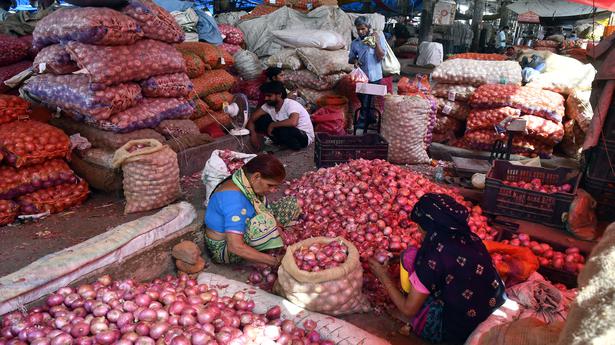The regional rural banks should also have capital adequacy above the regulatory minimum level of 9% in each of the preceding three years.
The regional rural banks should also have capital adequacy above the regulatory minimum level of 9% in each of the preceding three years.
In a bid to enable regional rural banks (RRBs) to raise resources by listing on stock exchanges, the government has issued draft guidelines that set certain basic criteria, including net worth of at least ₹300 crore during the previous three years.
They should also have capital adequacy above the regulatory minimum level of 9% in each of the preceding three years.
The RRBs should have a track record of profitability and earned operating profit of minimum ₹15 crore for at least three out of the previous five years, according to the draft guidelines issued by the finance ministry recently.
Besides, there should not be any accumulated loss and the lender should have given return on equity of minimum 10% in three out of the preceding five years, it said.
As per the draft norms, the responsibility of identifying suitable lenders for issuing initial public offering (IPO) has been left with the respective sponsor banks.
The sponsor bank would take into account the relevant norms and regulations of the Securities and Exchange Board of India (Sebi) and Reserve Bank of India (RBI) regarding capital raising and disclosure requirements while identifying RRBs for IPO, it said.
RRBs, which play an important role in agriculture credit, are sponsored by Public Sector Banks (PSBs).
Currently, the Centre holds 50% in RRBs, while 35%t and 15% are with the concerned sponsor banks and state governments, respectively.
These banks were formed under the RRB Act, 1976 with an objective to provide credit and other facilities to small farmers, agricultural labourers and artisans in rural areas.
The Act was amended in 2015, whereby such banks were permitted to raise capital from sources other than the Centre, states and sponsor banks.
The RBI has given RRBs the option to issue perpetual debt instruments as another way to obtain regulatory capital and has made these instruments eligible for inclusion as extra tier-1 capital, subject to certain restrictions.
There are currently 43 RRBs supported by 12 public sector banks with 21,856 branches across 26 states and 3 Union Territories – Puducherry, Jammu & Kashmir and Ladakh.
These banks have 28.3 crore depositors and 2.6 crore borrowers. A total of 30 out of 43 RRBs together earned a net profit of ₹1,682 crore in FY’21.






